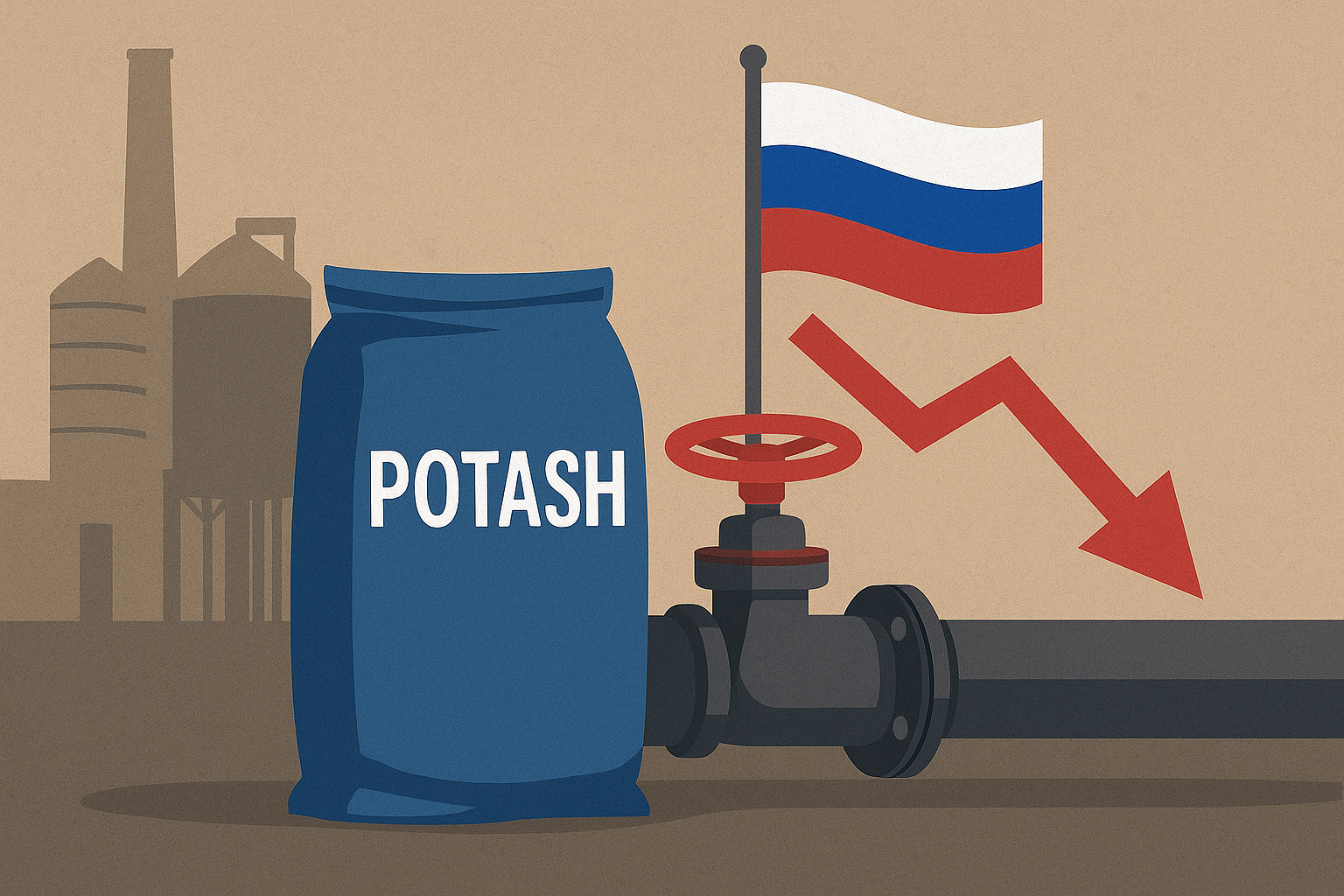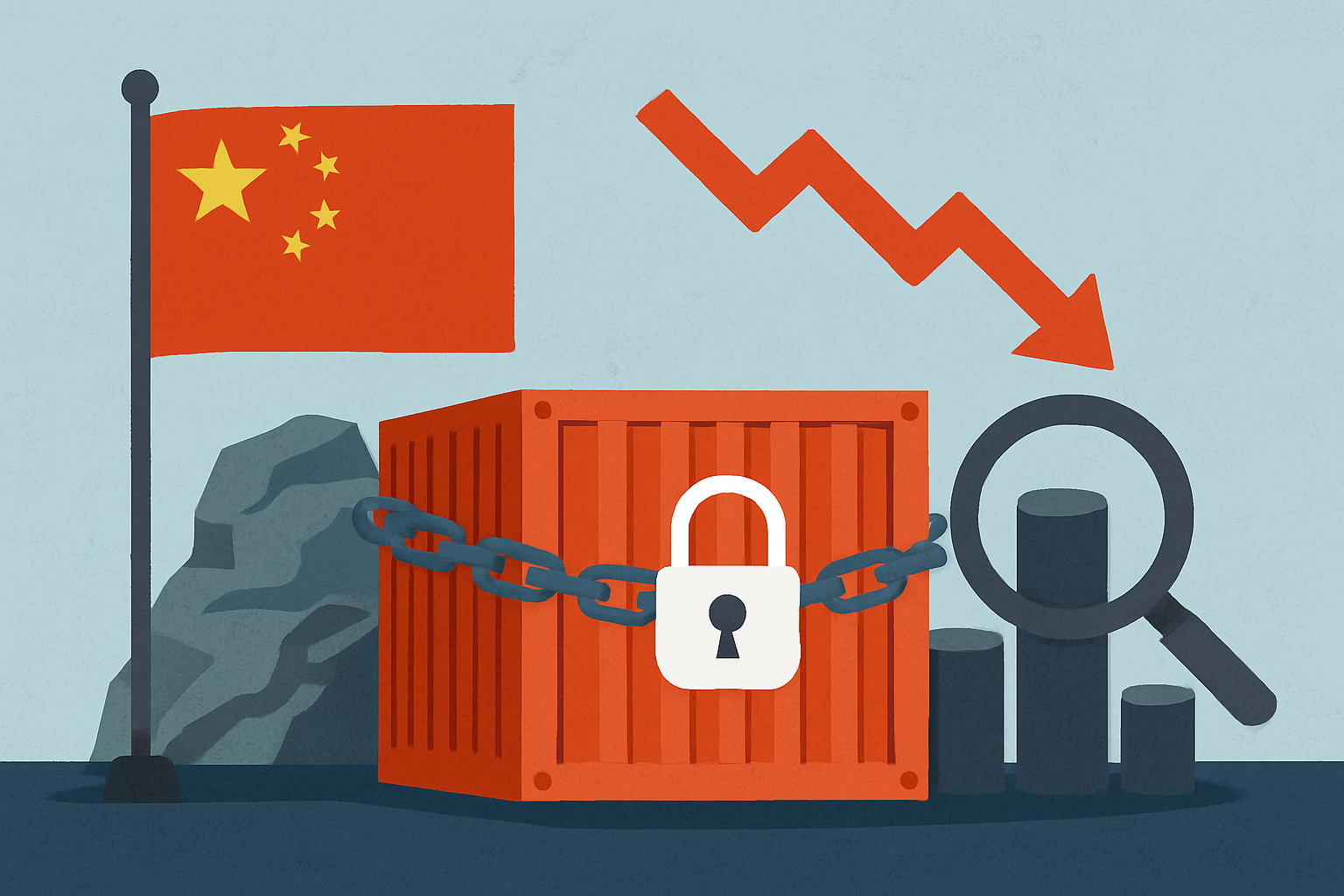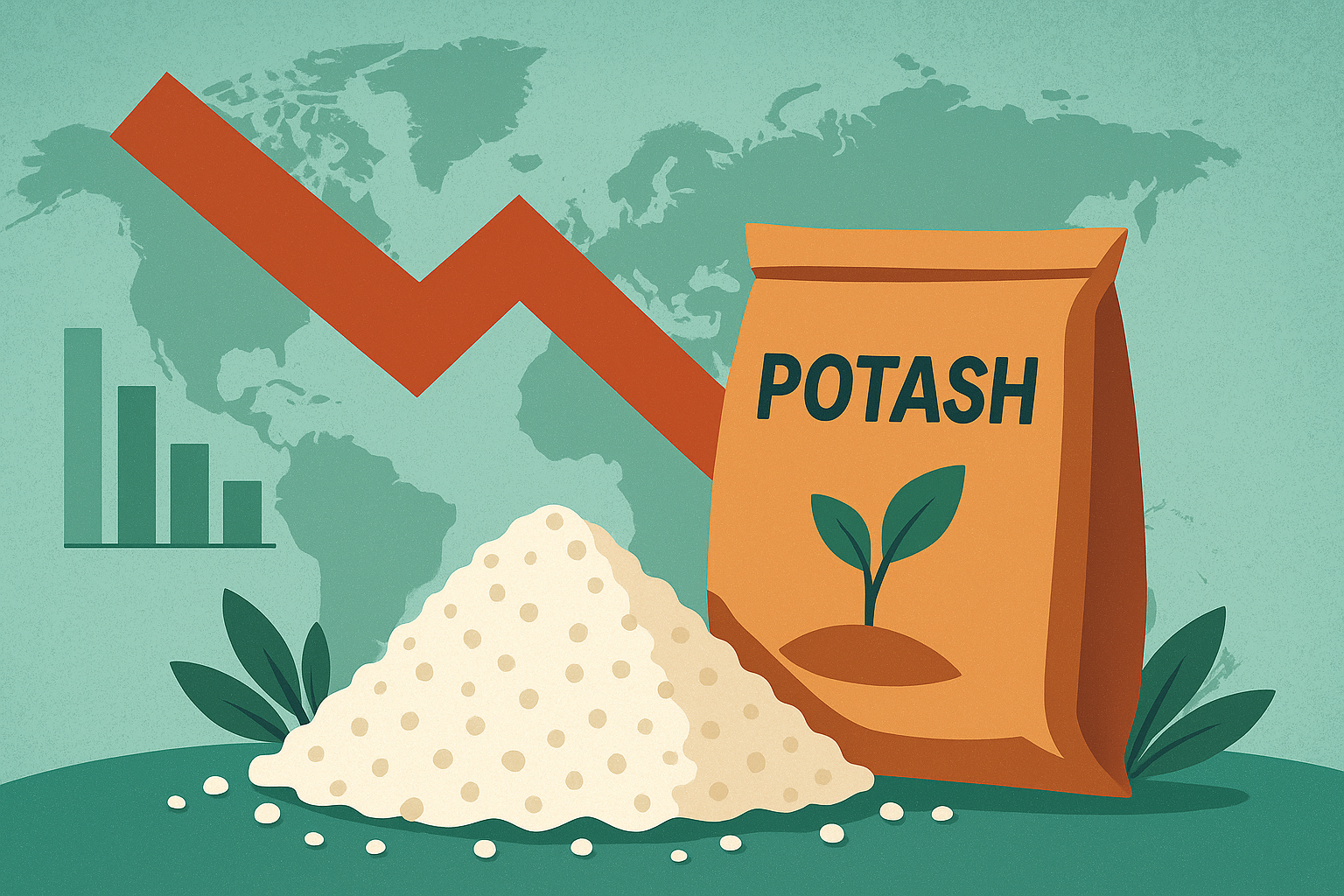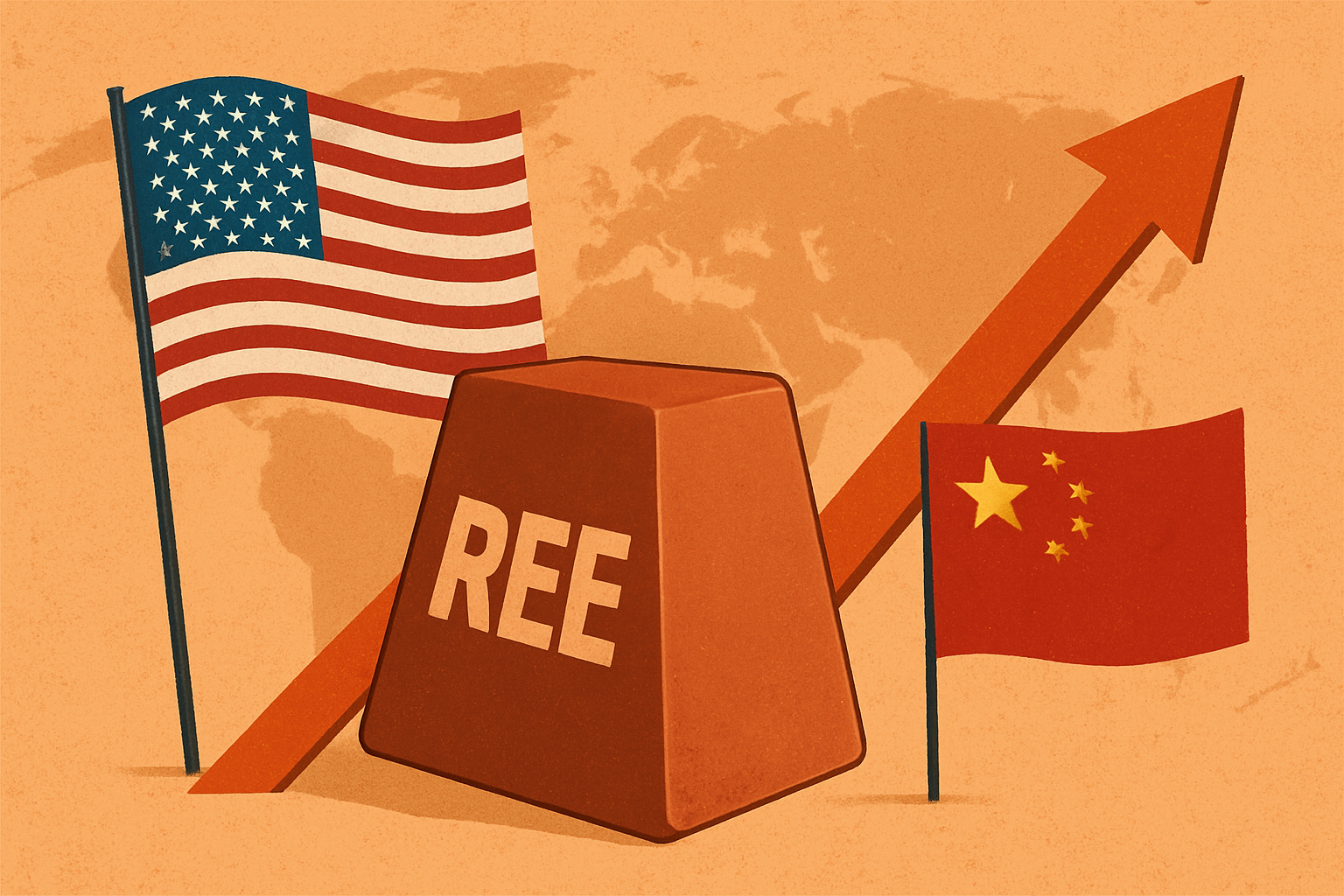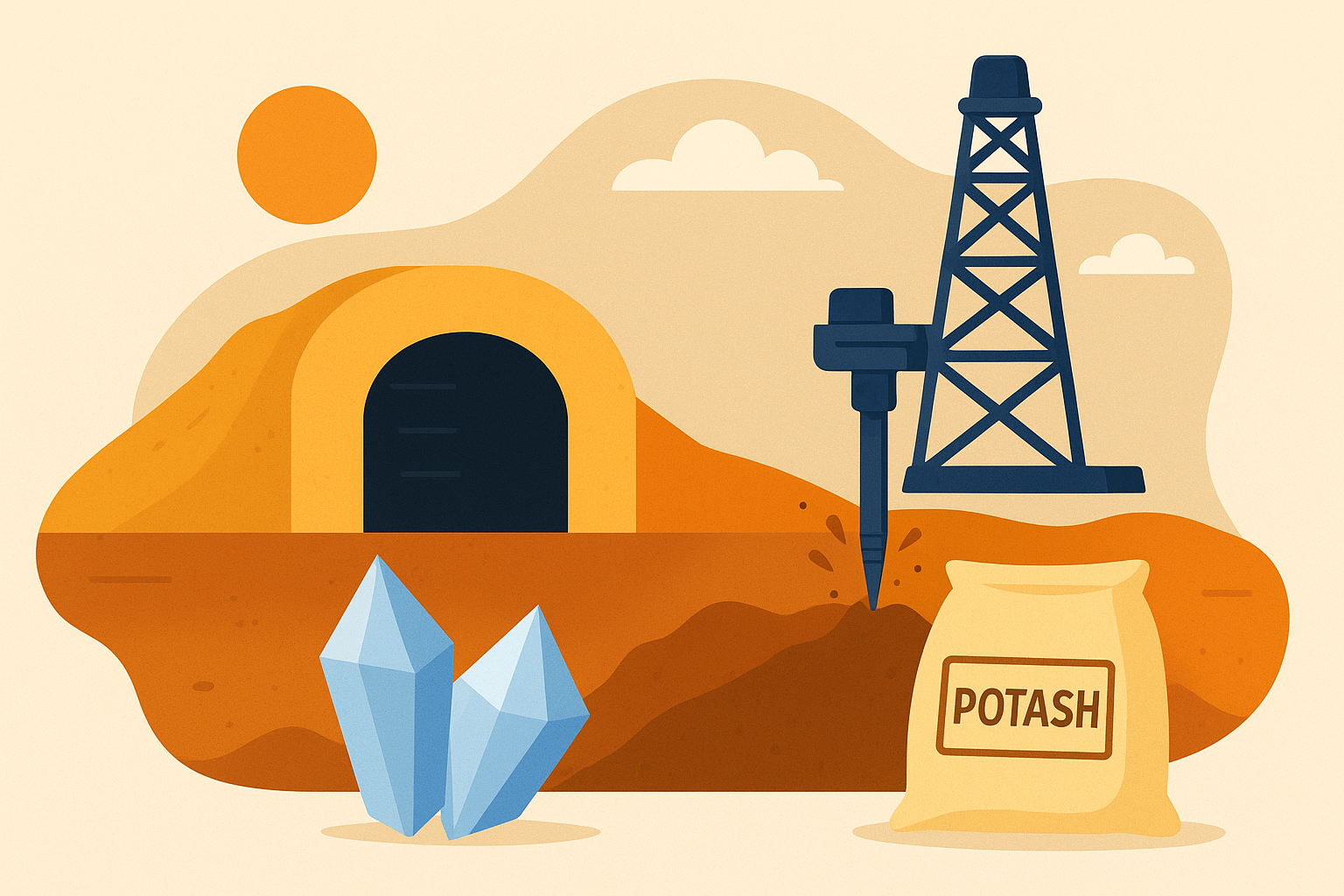As global fertiliser markets struggle with price volatility and geopolitical friction, India — one of the world’s largest agricultural economies — is taking matters into its own hands. Reports from Organiser and The Economic Times reveal that Indian fertiliser companies are planning to build a urea production facility in Russia, a move designed to safeguard domestic supply chains from global disruptions.
While this initiative primarily targets urea, it carries significant downstream implications for the potash sector, potentially reshaping import dependencies, trade flows, and investor exposure to one of the world’s most essential agricultural commodities.
Global Fertiliser Turmoil and India’s Strategic Pivot
The global fertiliser market has endured years of instability — from the Russia-Ukraine war to pandemic-era logistical bottlenecks and energy-driven production slowdowns. Potash, nitrogen, and phosphate markets have all felt the strain, with price spikes and supply bottlenecks becoming routine rather than rare.
India, which imports over 40% of its potash needs, has been particularly exposed to these shocks. By pursuing joint production projects abroad — including the proposed Russian urea facility — Indian policymakers aim to insulate farmers from the volatility that’s plagued fertiliser markets since 2022.
According to Organiser, the plan is expected to be formally advanced during upcoming bilateral talks between Indian and Russian officials. The project would not only stabilize urea imports but also reinforce India’s broader goal of fertiliser self-reliance, reducing its vulnerability to external disruptions.
However, for investors, this development carries a deeper implication: if India’s domestic production capacity increases for urea and related inputs, it could indirectly shift demand dynamics for potash, creating both risks and opportunities across the sector.
Why This Matters for Investors
The potash market — a vital component for crop yield enhancement — has remained under quiet but persistent pressure. Prices have stabilized from their 2022 highs but remain elevated relative to pre-pandemic levels. Yet the fundamental story remains unchanged: demand growth is steady, while new supply is limited and capital-intensive.
India’s strategic shift toward securing fertilizer production in Russia is not a direct threat to potash producers, but it highlights a growing trend: countries are diversifying supply chains to avoid future shocks. For potash investors, this could mean:
- Short-term demand softness if substitution effects occur — particularly if domestic nutrient blends reduce potash intensity.
- Long-term demand resilience, as India continues to invest in agricultural output and fertilizer efficiency to feed a population exceeding 1.4 billion.
Notably, companies such as Nutrien Ltd. ($NTR) and The Mosaic Company ($MOS) — both major potash producers — remain closely tied to global demand shifts from India and China. Analysts at Bloomberg Intelligence have emphasized that “India’s evolving trade strategy will determine import patterns for key fertilizers, including potash, over the next decade.”
Geopolitical Undercurrents and Supply Chain Realignment
This move also underscores a broader geopolitical recalibration. With Western sanctions constraining Russia’s global trade reach, Moscow is seeking alternative partnerships — and India’s participation signals a deepening of bilateral economic ties.
Russia remains one of the world’s leading exporters of potash and nitrogen-based fertilizers. A joint production initiative could anchor long-term supply security for India, even as it complicates the competitive landscape for Western exporters.
For global investors, this is a reminder that fertiliser and critical mineral markets are deeply geopolitical. Trade routes, sanctions, and political alliances can alter pricing faster than pure demand data.
The World Bank recently noted that agricultural commodity prices remain “highly sensitive to geopolitical disruptions and input costs,” particularly in the fertilizer sector. A shift in India’s sourcing strategy could therefore influence price trajectories for potash in 2026 and beyond.
Future Trends to Watch
- Indian Fertiliser Policy – Monitor India’s upcoming agricultural subsidy announcements and any policy support for domestic fertilizer production, which could impact potash import volumes.
- Russian Partnership Execution – Whether the Russia-based facility materializes will determine how much influence it exerts over regional fertilizer markets.
- Potash Pricing Resilience – Keep an eye on global benchmark prices. Tight supply from producers like Nutrien, Mosaic, and Belaruskali could offset demand adjustments elsewhere.
- Alternative Supply Channels – Canada, Israel, and Jordan remain key exporters to India. Any realignment in trade flows will impact logistics and shipping margins.
Key Investment Insight
For investors, the signal is clear: the potash trade is entering a period of structural transition. While India’s Russia move could temporarily soften demand from traditional exporters, it also underscores the global recognition that fertilizer supply chains are too concentrated and fragile.
Opportunities may emerge in companies positioned for long-term stability — those with low-cost production, diversified geographic exposure, or direct supply relationships with India. Conversely, high-cost or single-market producers could face near-term headwinds if trade routes shift.
Strategic investors may look to maintain selective exposure to leading producers ($NTR, $MOS) and monitor developments in emerging markets’ fertiliser partnerships for early signs of market realignment.
Stay Ahead of the Market
As nations like India move to secure fertilizer supply in a fragmented global economy, the implications for potash investors are far-reaching. The sector remains one of the most geopolitically sensitive areas in commodities — where policy, trade, and production converge.
Stay informed with ExplorationStocks.com, your trusted source for breaking insights, critical mineral updates, and daily investor intelligence across the global mining and resources landscape.

